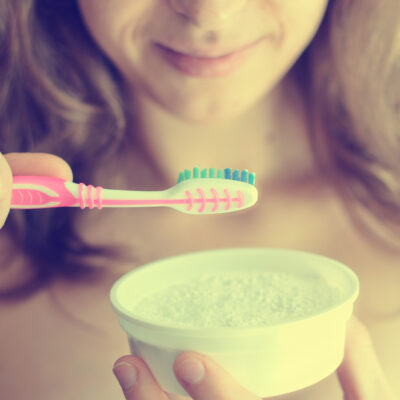
Healthy And Diabetic-Friendly Late-Night Snack Options
Diabetes and sugar levels surge while sleeping. Called the “dawn phenomenon”, sugar levels spike after midnight and remain that way until about 8 a.m. It is attributed to the release of hormones in the body, or it happens if the insulin dose or medication before bed is skipped or is insufficient. This can also happen because of the consumption of a high-carb snack right before bedtime, which increases glucose in the body. One of the ways for diabetics to reduce sugar levels is to have safe late snacks. These snacks should be rich in fiber and low in carbs. Glucose is produced by the liver, and foods that prevent excess production of glucose by the liver are known as safe late snacks for diabetics.
Eating at least 2 hours before bedtime is the healthiest habit. However, for diabetics, doctors encourage a safe late snack before bedtime to prevent the dawn phenomenon. It is also important to not binge on bedtime snacks and eat only small portions. Here’s a list of food items to prepare safe late snacks for diabetics:
- Carbohydrates
Include brown rice, whole wheat, quinoa, steel-cut oatmeal, vegetables, fruits, beans, and lentils.
Avoid sugar, pasta, white bread, flour, cookies, pastries, and white potatoes. - Fats
Include plant-based oils like olive oil, nuts, seeds, and avocados.
Avoid animal meat-based fat. - Protein
Include lentils, beans, legumes eggs, tofu, nuts and nut butter, seeds, peas, and soy foods. Also, lean sources of animal protein like fish, seafood, chicken, turkey, and yogurt can be included twice a week.
Avoid red meat and rich and pasteurized dairy products like cheese and heavy cream.
Whole fruits should be consumed in moderation. - Vegetables
Include broccoli, tomatoes, artichoke, asparagus, cauliflower, green beans, lettuce, eggplant, peppers, snow peas, spinach, celery, arugula beets and beet juice, lettuce, celery, rhubarb, bok choy, Brussels sprouts, mustard greens, spinach, and split peas.
Definite no-nos for a diabetic snack
Diabetics should not have anything to do with natural sugars and artificial sweeteners. Sugar and dairy-rich desserts, fruit juices, dried fruit, canned fruit with sugar syrup, jams and jelly, canned vegetables with salt, pickles, and sauerkraut, processed and packaged food, and all rich dairy products should be out of reach and out of mind until the sugar levels are normal.
Deep-fried foods like French fries and wedges, chips, fritters, burgers, heavy protein sandwich in white bread, unsaturated oil, all dressings and dips with unsaturated oils should be avoided. Instead, the intake of foods rich in omega-3 fats can be increased, but that should also be in moderation.
When an individual is diagnosed with type 1 diabetes, they should consult a doctor to understand the dosage of insulin or medication needed based on what and how much they have eaten. If diagnosed with type 2 diabetes, sugar levels can be controlled with a healthy diet and lifestyle changes. Once the sugar levels are under control, patients have to be careful about what they eat to prevent the sugar levels from spiking up again.


